Respect
Sara Lawrence reaches deep into the human experience from the drama of birth to the solemn vigil before death to find the essence of respect. This book reveals the most powerful ingredient in any relationship both personal, professional or public life and also tries to dismantle hierarchies and other forms of denomination and replaces them with a sense of humanity, compassion, and equality.
Sara Lawrence was motivated by her interest in exploring the underlying nature of respect and some personal memories. She is also drawn to the concept because she understands the undying importance respect holds in both public and private life cycle. The traditional view of respect, though rarely expressed in its pure form, tends to be relatively static and impersonal. The remnants of this view survive today and shape our expectations, apprehensions, and disappointment. She discovered that respect is not the passive deference offered to a superior but the active force that creates symmetry even in unequal relationships.
Lawrence rejects what she terms the “traditional” notion of respect that accords esteem with rank and social status, often of an inherited sort. She desires to create a new view of respect that is egalitarian, that generates equality between people, mutual empathy and connections of solidarity. The author believes that respect has six qualities: 1) empowerment 2) healing 3) dialogue 4) curiosity 5) self-respect and 6) attention. Each chapter of the book focuses on a quality, interpreting it through concrete narratives.
She illumines empowerment by talking about Jennifer Dohrn, a nurse midwife; healing through the actions of pediatrician Johnye Ballenger; Dialogue through the work of Kay Cottle, curiosity in light of Dawoud Bey, artist, and photographer. Self-respect as expressed in the dignity of law professor David Wilkins who believes there is a proof that self-respect must come not from external measures but from within; only then can individual relate respectfully. And attention as exhibited in the pastoral care of Episcopal priest Bill Wallace. Bill Wallace move insight into the value of attention and silent presence as they relate to respect and the dying.
Through striving for a type of simplicity of theory, the author never shows philosophically what respect itself means nor how its various qualities are coherently related to one another. She means to say that respect gives rise to attention which of course is true but so do a lot of other motivations that runs a spectrum from the desire to manipulate to the simple permission to contemplative awe.
The author works with the premise that respect is the primary virtue of moral life in our society such that it finds everything good- from curiosity to healing from dialogue to attention. There are essential components needed for a respectful relationship.
Usually, respect is seen as involving some debt owed because of their attained or original position, their age, gender, class, race, professional status or because of an accomplishment. This book focus on the way respect creates symmetry, empathy, and connection in all kinds of relationship.
THE BIG THREE – KEY POINTS
Key point #1: Respect generates respect, a modest loaf becomes many.
Key point #2: Respectful relationships have a way of sustaining and replicating themselves
Key point #3: Respect creates symmetry, empathy, and connection in all kinds of relationship.
One Last Thing
“I speak to everyone in the same way, whether he is the garbage man or the president of the university.”
― Albert Einstein
